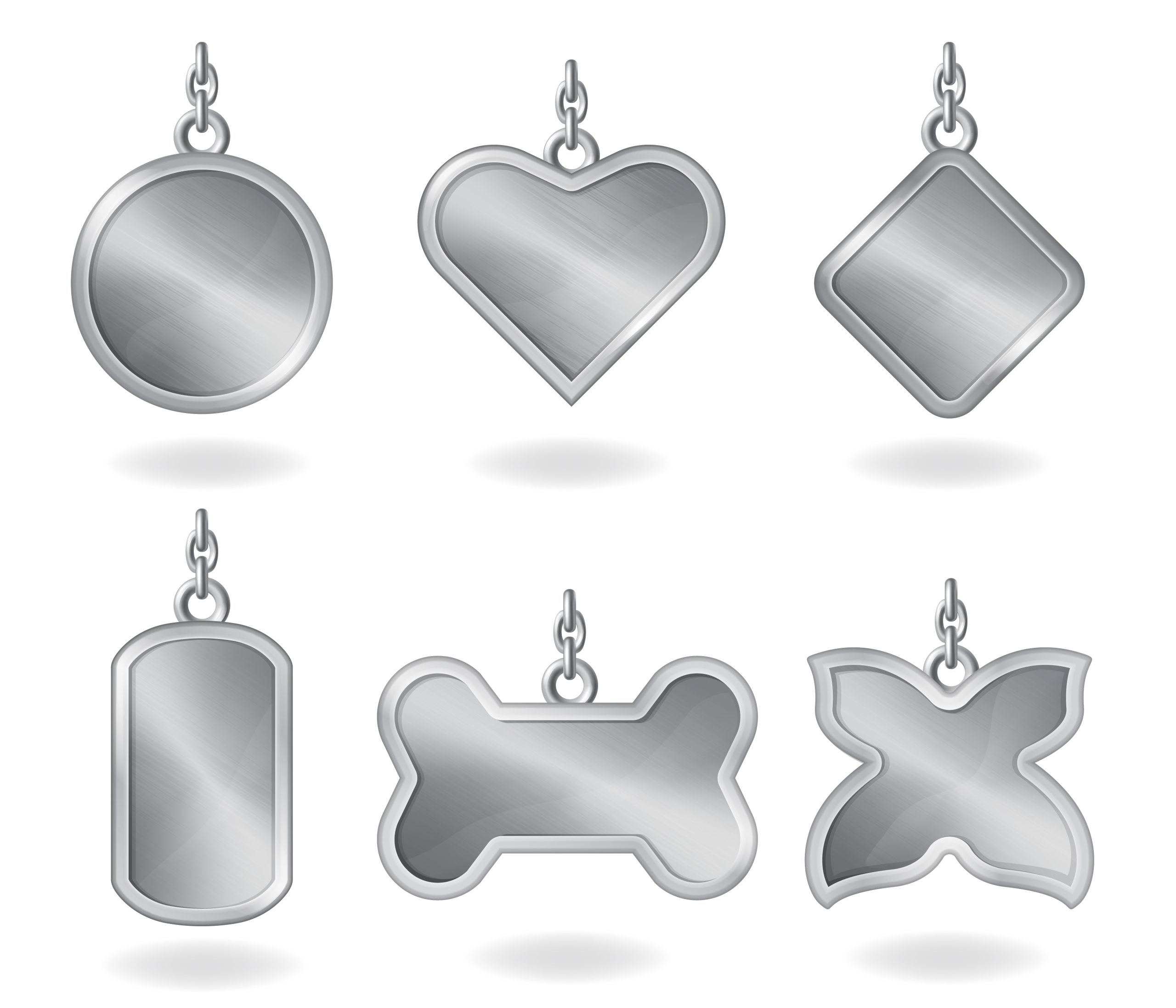According to the Animal Humane Society: Click to see original
It’s estimated that one in three pets will go missing in their lifetime.
That’s right — one in three.
This equals about 10 million missing pets each year in the U.S. Unfortunately, many of those pets won’t make it home.
What’s the best way to prevent your pet from being lost forever?
First and foremost, make sure your pet is wearing proper, visible identification at all times — even indoors. Every dog and cat adopted from Animal Humane Society goes home with a free collar and ID tag because we believe using a collar and ID tag (with a current phone number and address, of course) is the most effective way to be reunited with your pet, and quickly.
In the event your pet escapes and loses their collar or tag, a microchip serves as a good backup plan. Just ensure their microchip is registered and kept up to date (more on that below). If your pet isn’t microchipped, you can schedule an appointment at one of our vet centers to have one implanted.
Have an escape artist on your hands? There are plenty of pet GPS trackers on the market, and some can even alert you when your pet leaves a specified safe zone. But devices like this require batteries or charging, which renders them useless if they die — making them supplemental, not a replacement for an ID tag or microchip.


